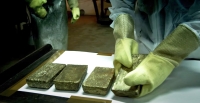
The Kingdom of Saudi Arabia's gold reserves are estimated at around 323.07 t by the end of the first quarter of 2024, while the total value of mineral reserves is estimated at approximately SAR9.375 trillion (about USD2.5 trillion). The number of factories producing gold and silver bars in the Kingdom is around six, with investments exceeding SAR7 billion. Gold is used in the production of jewelry and ornaments, in minting coins as a backing for paper currencies, as well as in precision el...
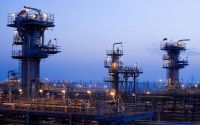
The Ghawar field is the largest oil field in the Kingdom of Saudi Arabia and the world, in terms of its proven conventional reserves, which reached 58.32 billion bbl of oil equivalent on December 31, 2018. Its production exceeds half of the Kingdom's total cumulative crude oil production. Geologically, the Ghawar field is a long, continuous convex formation, extending over two hundred km in length and with a maximum width of about thirty-six km. It is mostly located within the administrati...
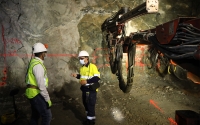
The Arabian Shield, located west of the Kingdom of Saudi Arabia , contains various metallic minerals such as gold , copper, rare earth elements, tin, tungsten, and uranium associated with granite. Additionally, it contains gneiss, schist, zinc, lead, iron, nickel, rare earth elements, and other mineral deposits typically associated with tectonically active plates and evolving mountain systems. The oldest rocks in the Saudi part of the shield range from 1.8 to 2.6 billion years old. Mineral reso...
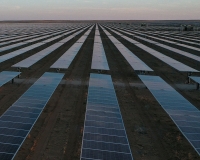
Rabigh Solar PV Power Project is a photovoltaic solar renewable energy project in the Kingdom of Saudi Arabia . It was launched in 2019 and has a total capacity of three hundred MW. The project is located twenty-five km from Rabigh Governorate in Makkah al-Mukarramah Province in the west of the Kingdom. Features of Rabigh solar PV power project Rabigh solar PV power project, whose park is connected to the national grid, supports the Kingdom's transition to green energy and the optimal...
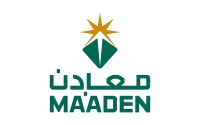
Feldspar in the Kingdom of Saudi Arabia is a mineral found within the Arabian Shield regions of the Kingdom. One of the primary sources of feldspar in the Kingdom is granite rocks, which cover about 55 percent of the sixty thousand km² area of the Arabian Shield. There are around twenty-one feldspar sites scattered across the Kingdom, some of which are of economic value, while others are not, due to the site's small area. Notable sites include Bir Nabat, al-Ruwaidah, Jabal Ridan, west of ...
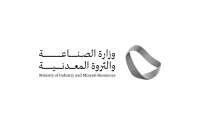
Zirconium in the Kingdom of Saudi Arabia, a rare and valuable metal, is used to clad nuclear reactor fuel rods, protecting them from the intense heat of nuclear reactions. The Ministry of Petroleum and Natural Resources (currently known as the Ministry of Industry and Mineral Resources ) has undertaken a comprehensive project to produce this metal. This project's units are divided between Jazan Economic City and Yanbu Industrial City to ensure industrial integration. Zirconium metal in Sau...

According to data from the General Authority for Statistics , the prominent non-oil exports of the Kingdom of Saudi Arabia include chemicals and polymers, heavy machinery and electronics, automobiles, food products, construction materials, packaging materials, durable consumer goods, precious metals and jewelry, metals, and plastics and rubber. According to the International Trade Report for 2023, issued by the General Authority for Statistics, non-oil exports amounted to approximately SAR209 b...
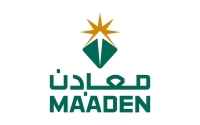
Al-Amar Gold Mine , one of the goldmines in the Kingdom of Saudi Arabia , is an underground mine and one of a kind in Al Quwai’iyah, 195 km southwest of Riyadh . Al-Amar Mine is run by Ma’aden Gold and Base Metals Company (MGBM). Commencement of Al-Amar Mine Aerial photographs and extensive studies of the Earth’s structures showed that precious metals existed in the mine site since early 1986 AD, but operations did not commence until 2006 when Ma’aden invested about 250 million Saud...
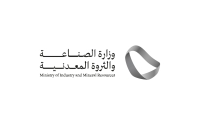
The Acceleration Circular Economy Initiative is a consultancy service initiative for factories in industrial cities and one of the initiatives aimed at stimulating local industry, launched by the Ministry of Industry and Mineral Resources in the Kingdom of Saudi Arabia. The initiative aims to enable factories to adopt the concept of a circular economy, enhance the utilization of natural resources in manufacturing, and increase the efficiency of manufacturing processes by adopting modern technol...
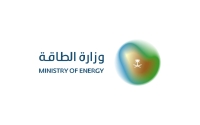
The Geographic Survey for Renewable Energy Projects is a national project to measure renewable energy resources and their sites across the Kingdom of Saudi Arabia. The Ministry of Energy launched it on June 24, 2024. The project comes as a part of the National Renewable Energy Program (NREP), and it is the first of its kind globally in terms of geographic coverage, spanning an area of 850,000 km². The geographic survey scope of the renewable energy projects The geographic survey for renewable ...
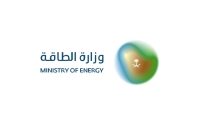
The Circular Carbon Economy National Program is a national initiative dedicated to comprehensive and integrated emissions management to mitigate the impact of climate challenges, make energy systems cleaner and more sustainable, enhance the security and stability of energy markets, and improve their accessibility. The program was initiated in 2019 and promoted by the Kingdom of Saudi Arabia during its G20 Presidency in 2020. The G20 leaders endorsed the Circular Carbon Economy (CCE) Framework...
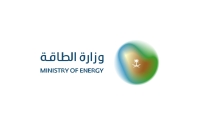
The Carbon Sequestration Leadership Forum (CSLF) is an international climate change initiative involving energy and petroleum ministers. It focuses on developing advanced cost-effective technologies for the separation and capture of carbon dioxide (CO2) for its transport, utilization, and long-term safe storage. The CSLF seeks to establish a common ground among all member states to tackle the issue of climate change by emphasizing that the effective management of greenhouse gases is essential f...